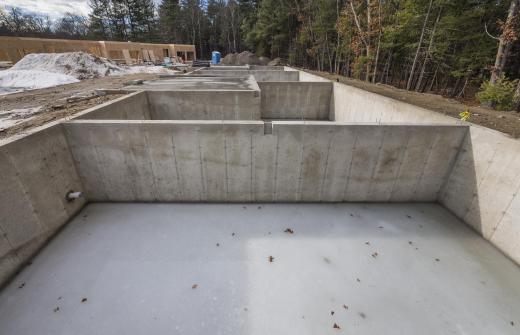Prefab steel buildings are pre-made structures that are delivered fully assembled to a buyer's location. The components of the prefabricated buildings are put together at the manufacturer or retailer's location and then transported to the site where the new owner's building will be housed. Prefab steel buildings have become popular for their relatively low cost and the ease with which they can be purchased and delivered.
Steel-framed buildings became more and more common as the 20th century advanced. Initially used as garages and workspaces, steel structures soon became prominently utilized as farm buildings, aircraft hangars, and even churches. Though they were not traditionally residential constructions, steel-framed homes grew in popularity in the latter decades of the 20th century.

Many types of prefabricated metal buildings require a foundation to first be laid on the ground; foundations are necessary to support the full weight of the steel structure. There are several factors to consider when laying a proper foundation. These include the geography of the general area, the topography of the construction site, the exact load the foundation will support, and the architecture of the prefab construction to be erected.
Prefab steel buildings hold many distinct advantages over other types of structures. They are highly versatile and can be used as everything from living quarters to strip malls. The construction and delivery of prefabricated buildings is much quicker than more traditional construction techniques, and they cost far less. They are also much easier to custom order. When a building owner only has a certain amount of space available for the desired building, he or she can order a prefab steel structure that fits to the precise dimensions of the space.
Not all prefab steel buildings are tin eyesores. As these units continue to surge in popularity and consumer demand grows, they are developing into modular buildings that are both functional and attractive. Many prefab construction pieces can be easily customized, and new owners can make their building truly their own. Different types of facades, finishes, coverings, and claddings help to put a personal signature on an otherwise gray building.
Owners can purchase several different types of accessories that can further ensure a unique, pleasant look. These include storefronts, standing seam roofs, atria, porches, skylights, and entrance canopies in either metal or fabric. Gutters, downspouts, unconventional window designs, shutters, and louvers are among the more commonly found accessories on prefab steel buildings.
